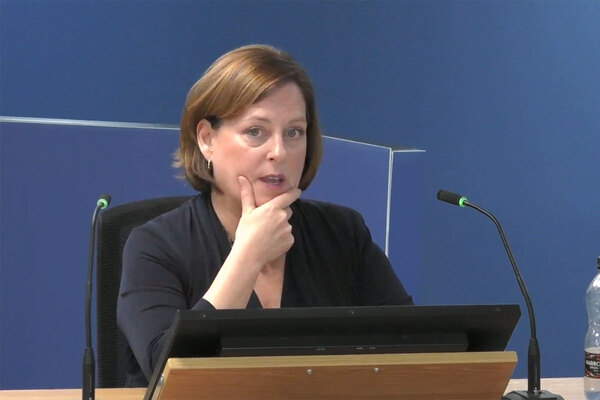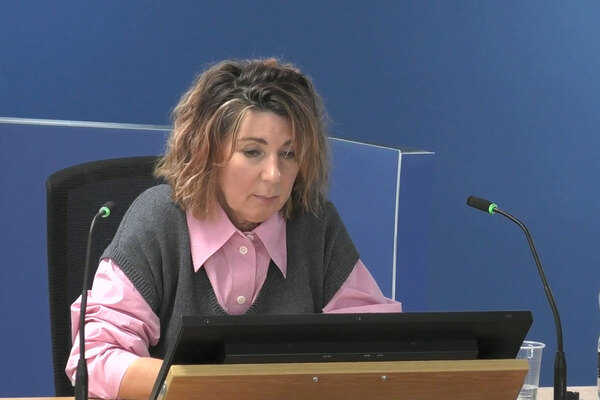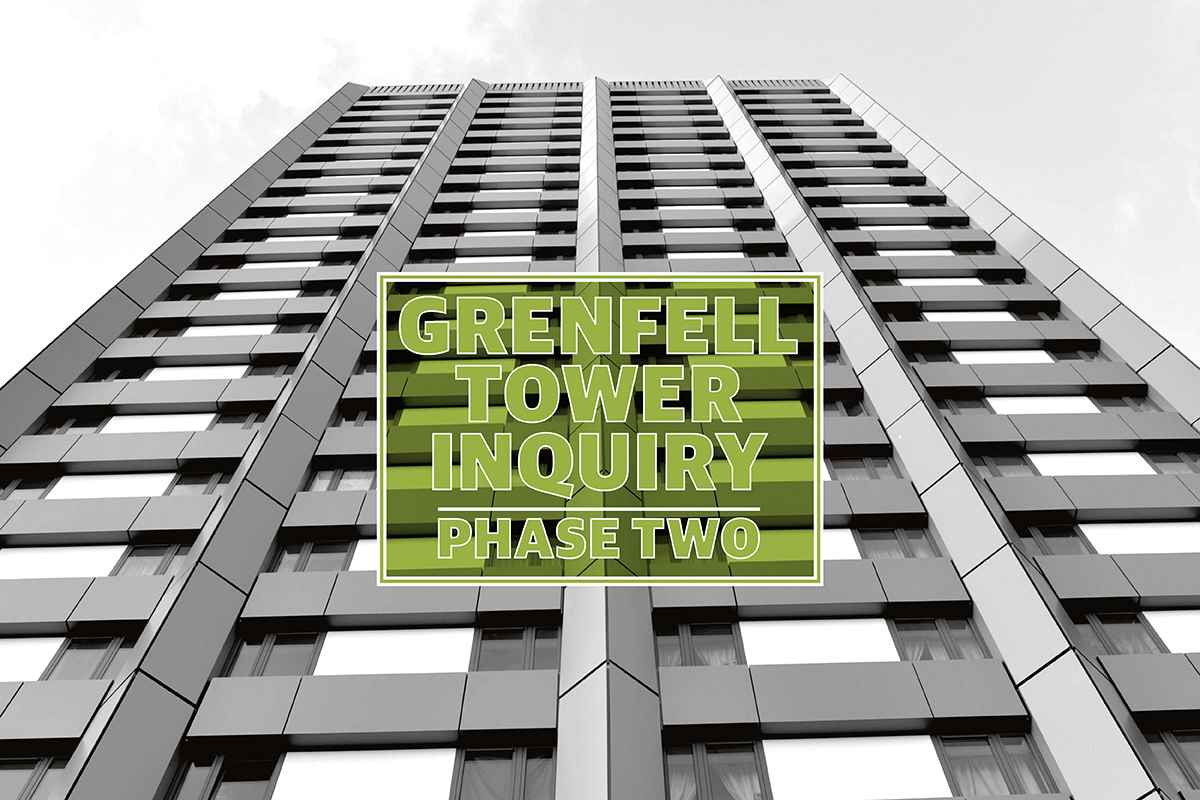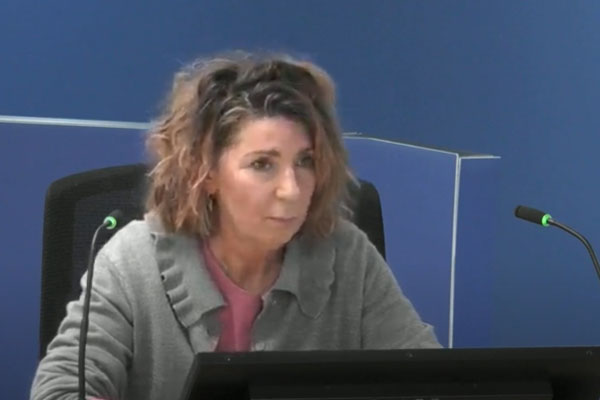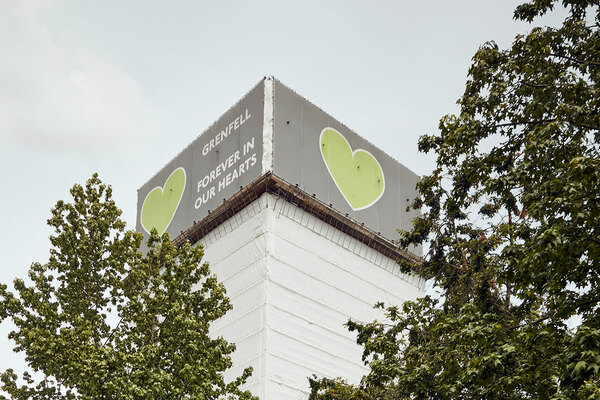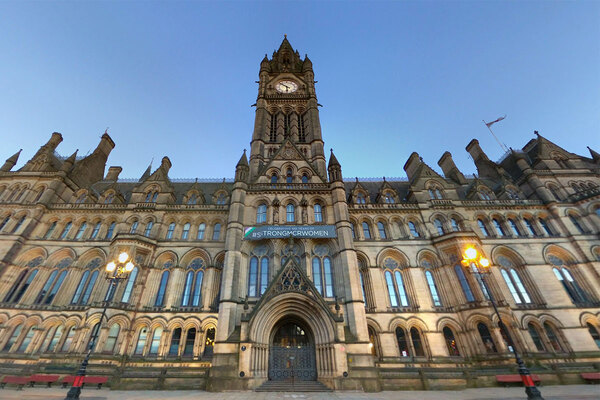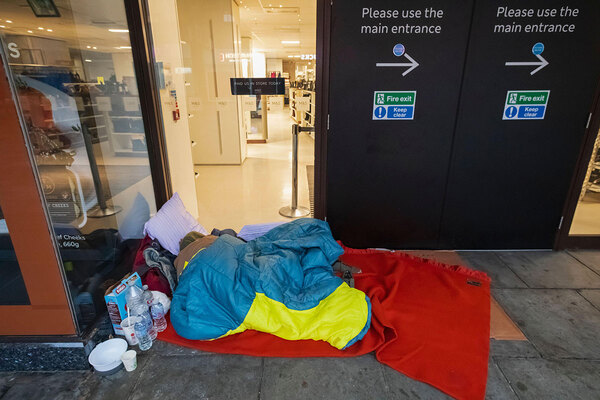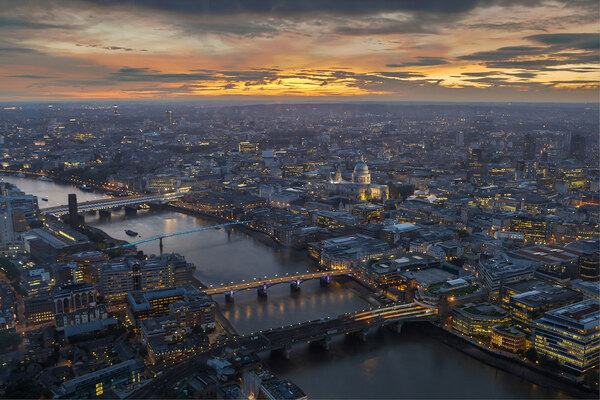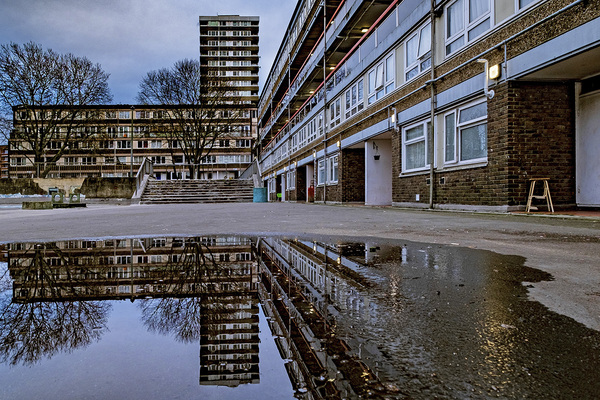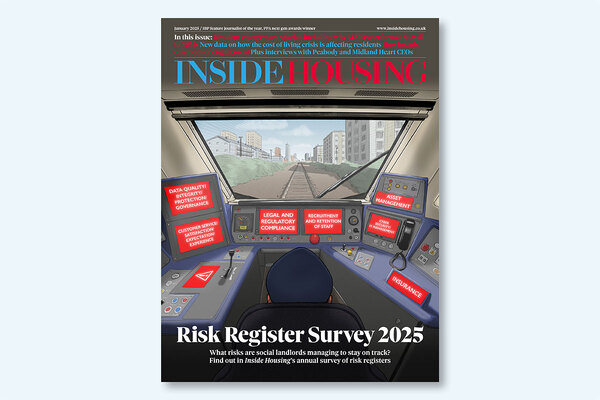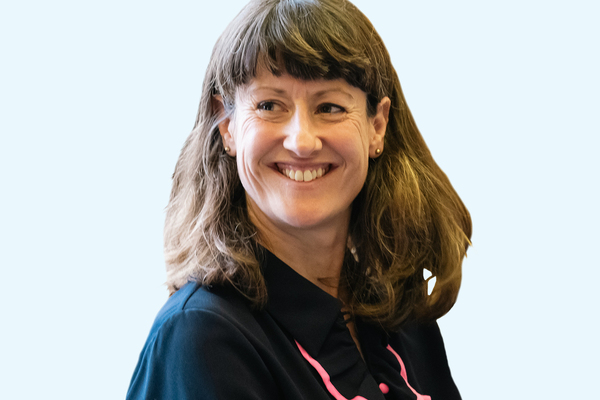You are viewing 1 of your 1 free articles
Government officials were ‘dismissive’ of Lakanal recommendations, says former senior civil servant
Government officials were “dismissive” of recommendations made to the department following the fatal Lakanal House fire in 2009 and did not think reviewing building regulations as a result was “particularly important for public safety”, the former head civil servant of the department responsible for housing and fire safety told the inquiry.
On Wednesday, the inquiry heard from Melanie Dawes, who served as permanent secretary of the Department for Communities and Local Government – which is now named the Department for Levelling Up, Housing and Communities – from 2015 until 2020.
When asked how the department allowed known issues with the building industry to continue in the years leading up to the Grenfell fire, Ms Dawes said there was a “failure of the overall system of oversight by the department over many decades”.
Following the Lakanal House fire, which killed six people in 2009, the department agreed to review the building regulations, however this review was repeatedly delayed and had barely begun by the time of the Grenfell Tower fire in 2017.
When asked why the reform of building regulations was not a priority in the department, Ms Dawes, now chief executive of broadcast regulator Ofcom, said: “The department just didn’t see that it had a role of oversight of that system. It saw that its role was one of writing the rules.
“It understood that there was a role of local government to do by way of approvals and enforcement. Everything else in the middle that you do when you’re performing regulatory oversight… wasn’t, I believe, understood by the department as something that needed to be done.”
It has previously been revealed that Ms Dawes said in her witness statement that she had never heard of the Lakanal House fire until the morning of the fire at Grenfell.
Asked repeatedly about this during Wednesday’s session, Ms Dawes said she was aware of the ongoing review of the building regulations, but was “still surprised” that she was not aware of the Lakanal House fire or its connection to this review before June 2017.
She blamed this on the fact that there was no system in the department to flag “those kind of recommendations” and said she had not been told anything about the fire during the handover from her predecessor, Bob Kerslake.
Ms Dawes was then asked whether Mr Kerslake’s failure to mention the fall-out from the fire at Lakanal “tells us something about the extent to which those matters were recognised as a priority in the department”.
“Yes. I think the department in 2013 did not see the coroner’s recommendations on the building regulations as particularly important for public safety, and I think the department interpreted the recommendations as not particularly well written and not particularly clear and were probably a little bit dismissive of them if I’m honest,” she replied.
Ms Dawes said she believed the fire safety side of the department was left to get on with the response to Lakanal without much oversight and that Mr Kerslake’s view was “conditioned by that environment in the department in the same way as mine was in 2015 and 2016”, she added.
Ms Dawes said she recently reread the coroner’s recommendations and thought “with hindsight how clear she was about the issues”.
After the fire at Grenfell, Ms Dawes said she also spoke to several other of her predecessors, including Richard Mottram and Mavis McDonald, about previous large fires such as the Garnock Court fire in 1999.
“The overwhelming message was: I just don’t remember any of this, it wasn’t something that was brought to my attention. And I found that quite chilling to be honest,” she said.
She was also asked about the department’s immediate response to the fire at Grenfell and the debate around whether the building regulations allowed for aluminium composite material (ACM) cladding to be used on a building such as Grenfell Tower, which was taller than 18 metres.
In the week following the fire at Grenfell, the government published a letter, signed by Ms Dawes, which said the combustible core of the ACM was not compliant with official guidance in Approved Document B, because it was a “filler material” and was therefore required to meet the tough standard of limited combustibility.
However, this has been disputed by many in the building industry who argue that ACM cladding was allowed by the guidance providing it had a Class 0 rating, while others argue that the regulations were unclear on this issue.
The inquiry has also heard that the senior civil servant responsible for Approved Document B, Brian Martin, received many warnings that ACM was being used on buildings taller than 18 metres, including via one email sent in January 2016 which said the situation was of “grave concern”.
Ms Dawes said she met with Mr Martin in the days after the fire at Grenfell to discuss the building regulations, alongside a special advisor to then-housing secretary Sajid Javid and the government’s legal team.
After reading the regulations as a “lay person”, she said she found it hard to believe that a person reading them would think it was OK to use ACM and that “you would have had to have worked extremely hard to find your way around that language”.
However, Ms Dawes also said that Mr Martin did not tell her at the time about all of the warnings he had received about the use of ACM on tall buildings in the UK.
She said “looking back” it was “pretty dangerous” to have the responsibility for building regulations “falling on one man’s shoulders”, with reference to Mr Martin.
When asked at the end of giving evidence what she would have changed with hindsight, Ms Dawes said she as the most senior official providing evidence to the inquiry she “deeply regrets” the failures made on behalf of the civil service and government ministers.
She said “clearly the big failure” was the failure of the government to recognise that “there was such a thing as system stewardship”.
“I believe all government departments should look again… and check that they don’t have a building safety sitting in the departmental responsibilities that they have not attended to. And if it’s not with a regulator, and not being properly overseen from a system perspective, then I would ask that department why they have the rules in the first place. The rules matter. They should be properly overseen,” she said.
The inquiry continues on Thursday, with Mr Martin due to begin his cross-examination.
Sign up for our weekly Grenfell Inquiry newsletter
Each week we send out a newsletter rounding up the key news from the Grenfell Inquiry, along with the headlines from the week
Already have an account? Click here to manage your newsletters
